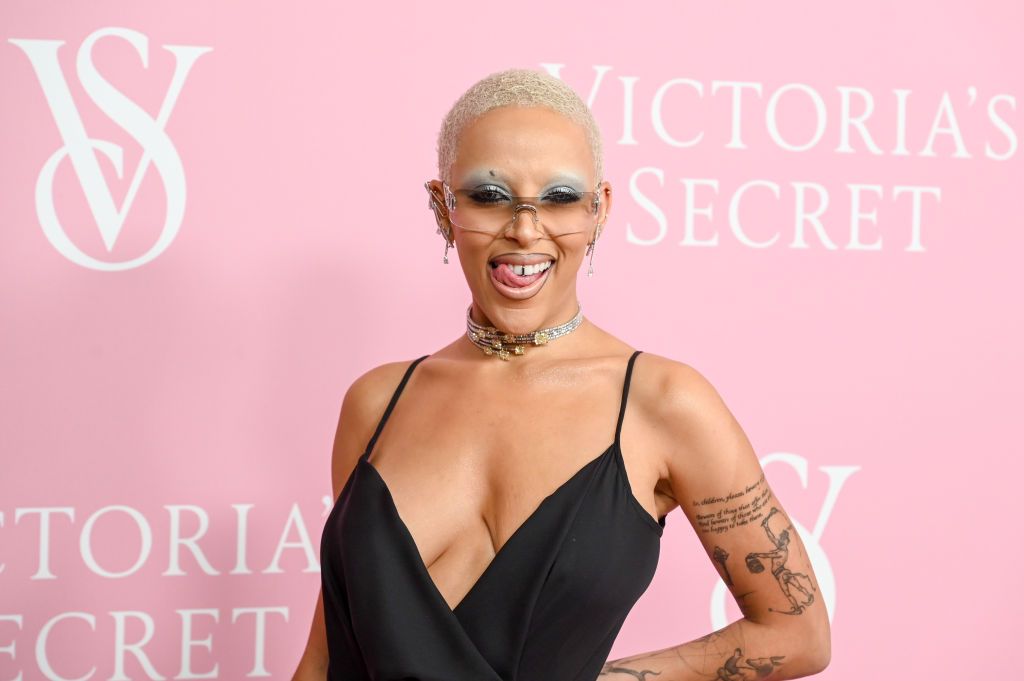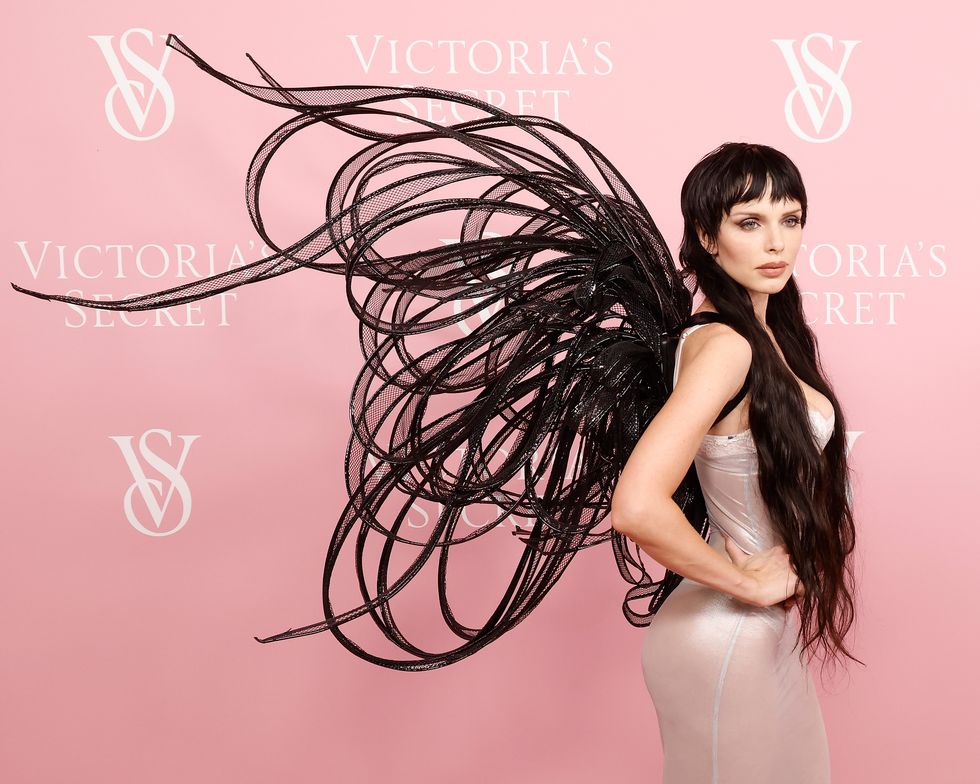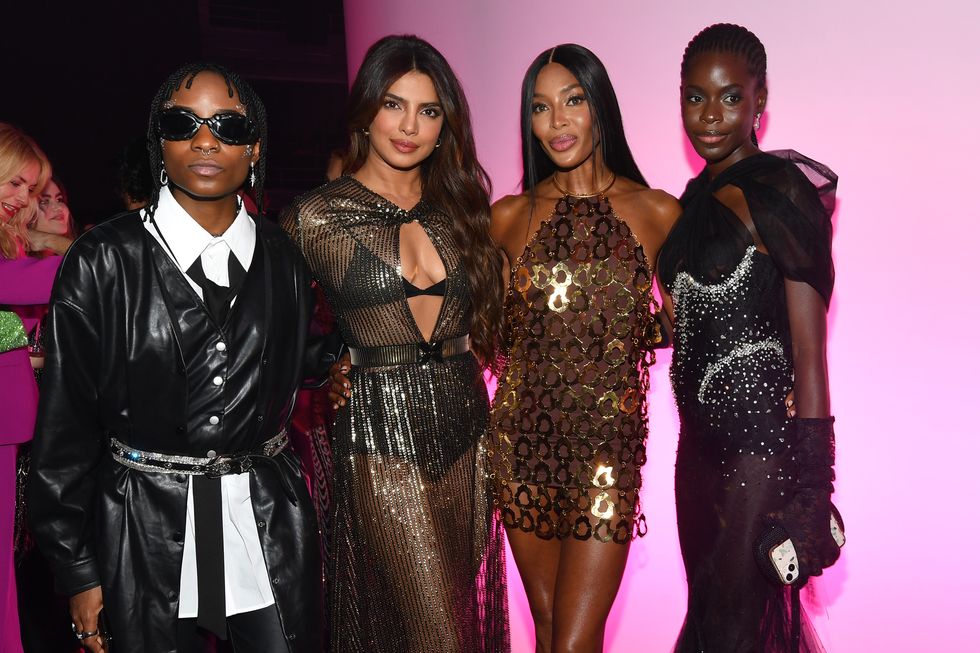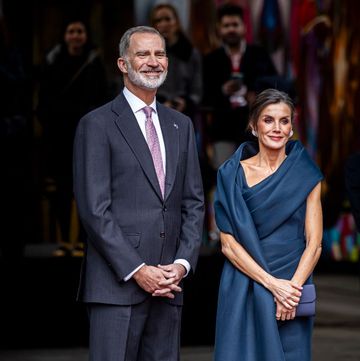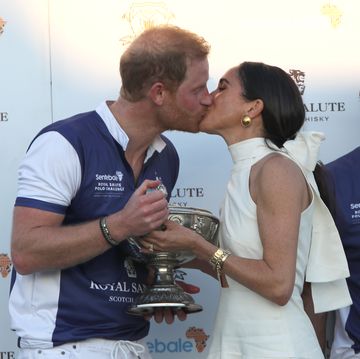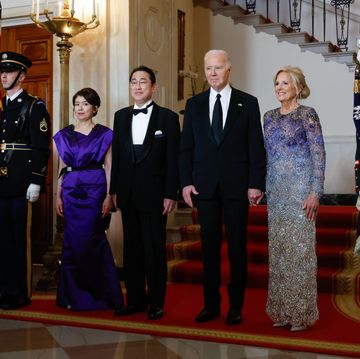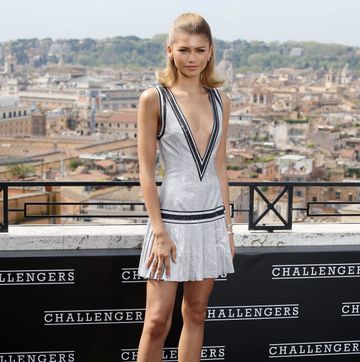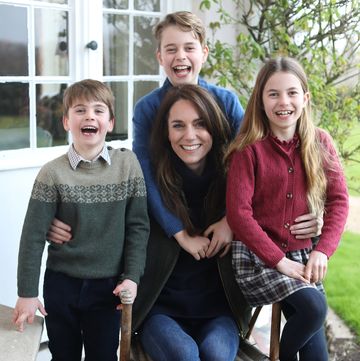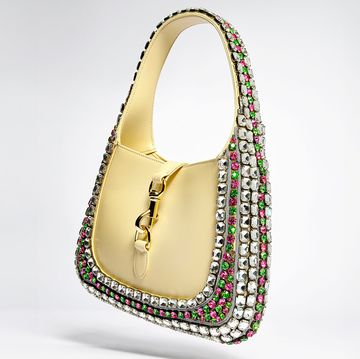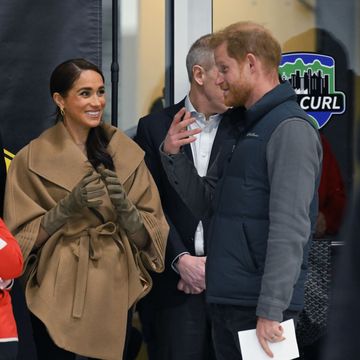Standing inside a packed, pink-lit ballroom at The Victoria's Secret World Tour party on the eve of New York Fashion Week, as TikTok influencers cued up to pose in front of a pair of costume wings, I thought something a tad shameful. Those old Victoria’s Secret runway shows were cheesy, but they were fun.
Starting in the mid-1990s, Victoria’s Secret plucked models on the rise and molded them into mainstream American celebrities. Instead of wearing the usual runway scowls and complicated dresses, Victoria’s Secret "Angels" were always friendly, toned and nearly naked. They were a national guilty pleasure at the center of a multi billion dollar company. Even women who despised the marketing shopped there. Where else in the mall could you get a better bra for the same price?
The fashion industry, in turn, took some valuable lessons in pop culture entertainment from Victoria’s Secret. Its runway shows, billed as must-see TV every holiday season, weren't just model parades but beauty pageants, musical variety shows, and documentaries all rolled up in one. In retrospect, they were sexist in a distinctively early-Aughts style.
What Victoria’s Secret went through next is the stuff of Hulu documentaries, and, not incidentally, books like the one I'm co-writing. By 2018, long-simmering business crises at the brand boiled over. The marketing strategy that helped the company reach more than $7 billion in annual sales needed a long overdue update. VS became an easy villain in the body positivity era, and with good reason. As models in fashion magazines and on designer runways became curvier and more unconventionally beautiful, the Angels remained unchanged.
Sales and profits plummeted, and the company’s leadership came under scrutiny. Its CEO, Ohio billionaire Les Wexner, emerged as a character in the story of Jeffrey Epstein, the sex trafficker who died awaiting trial in 2019. And Victoria’s Secret chief marketing officer, Ed Razek, became a social media villain when he said plus-size and transgender models didn’t fit the brand’s idea of a “fantasy.”
In 2021, Victoria’s Secret began an attempt to ditch its recent troubled history without completely abandoning its past, an unenviable task made even more complicated by today’s culture wars and fractured notions of femininity and beauty. VS was spun out as an independent company with a majority female board of directors. The Angels were officially retired, and the annual fashion show was put on an indefinite hold. The company said it had entered a new chapter focused on “uplifting” women in every stage of their lives. It hired plus-size models, trans models and female photographers. They cleaned up the business behind the scenes, too.
Not everything stuck—an “Angels Collective” of athletes and activists fizzled out quickly. The brand waited for that damning Hulu documentary to premiere and fade away. The company is still far bigger than most of its lingerie competitors, but its market share is slowly but surely shrinking.
Now, Victoria’s Secret is bringing back its annual fashion show, and the pressure is on. The Victoria's Secret World Tour, a straight-to-streaming documentary film that hits Amazon Prime on Tuesday, September 26, marks its biggest bet for relevance in years. The film follows four little-known female designers in Bogotá, Lagos, London, and Tokyo as they design individual collections for VS, not necessarily lingerie. Their pieces are presented on the brand’s current roster of models, a combination of new, more diverse women along with recent and past Angels. Executives have high hopes for the project, but if the premiere is the first test of a comeback the jury is still out.
At the party, held in Manhattan earlier this month, many guests I spoke with came away disappointed or confused. They’d expected to see a runway show. Instead, we were shown clips from the film. Designs featured in the documentary were installed along the walls of the stage on mannequins but most won’t be available to purchase.
Big-time models like Naomi Campbell and Gigi Hadid, who appear in the documentary, introduced the clips. But it was Doja Cat, a performer on The Tour, who generated memorable headlines that night. She complained on Instagram in vivid detail that the Victoria’s Secret slip dress and built-in thong she wore was, to put it mildly, uncomfortable. “A bitch coulda got a uti but the hole real resilient,” she wrote to her 24 million followers. Yikes.
In the days that followed, I heard from others who wished Victoria’s Secret would go back to staging its classic shows. But that format is too loaded, too centered on comparing and judging physical appearances. The impossible beauty standards Victoria's Secret leveraged for its own benefit never left us. Just check out the negative Instagram comments whenever the brand posts an image of a curvier model. Or look at the popularity of off-label Ozempic.
Could a fashion show designed to sell bras rise above such complex issues over the course of a TV special?
Rihanna skirted some of these questions in the stylized fashion films she and her creative team produced in recent years to advertise her lingerie line, Savage x Fenty. Many of the models were dancers, and the focus was on their athleticism, not their body mass index. A new chief executive took over from RiRi in June, joining from Anthropologie Group, with plans to open more stores across the country.
Rihanna’s line has another advantage over the market leader. While Victoria’s Secret has made steps to modernize, it lacks a public face to the world. For a company that has been criticized as being a soulless corporation run by an “old man in Ohio”—to quote TikTok star Jax, whose song about Victoria’s Secret “cashing in on body issues” went viral last summer—that absence is felt. The Angels once filled that role, but today’s shoppers care just as much about the creatives behind their clothes. Perhaps Victoria’s Secret should forget about New York Fashion Week, and consider the entrepreneurs who've powered its competitors in the last decade. Take Kim Kardashian’s Skims, the shapewear and intimates brand now valued at $4 billion.
Then there’s that tricky word most associated with Victoria’s Secret: sexy. Two decades ago, Victoria’s Secret’s campaigns presented multiple visions of what that meant to American women. Sometimes models were seen cuddled up in a silk robe sipping tea, sometimes they were dancing as if no one was watching. There was agency reflected there, despite the exclusion implied by its casting choices. But over the years the loudest “fantasy” on display increasingly narrowed. How could it not when the chief image architect behind Victoria's Secret commercials became the hyper-masculine director Michael Bay, best known for the Transformers franchise.
If the early glimpses of The Tour are any indication, Victoria’s Secret could stand to bring back more of the excitement and drama that was once its signature. Sex appeal and diversity aren't mutually exclusive, nor are sensuality and comfort. No fantasy can justify the pain of wearing a wonky thong, after all. Just ask Doja Cat.

Chantal Fernandez is a writer based in New York currently at work on a book for Henry Holt & Company about Victoria's Secret.
